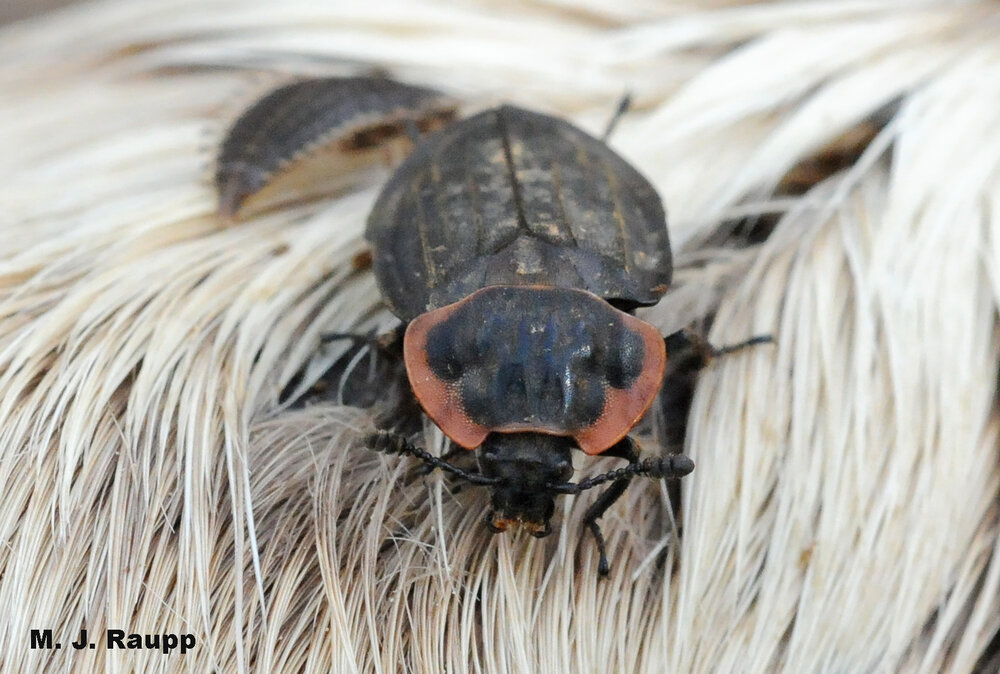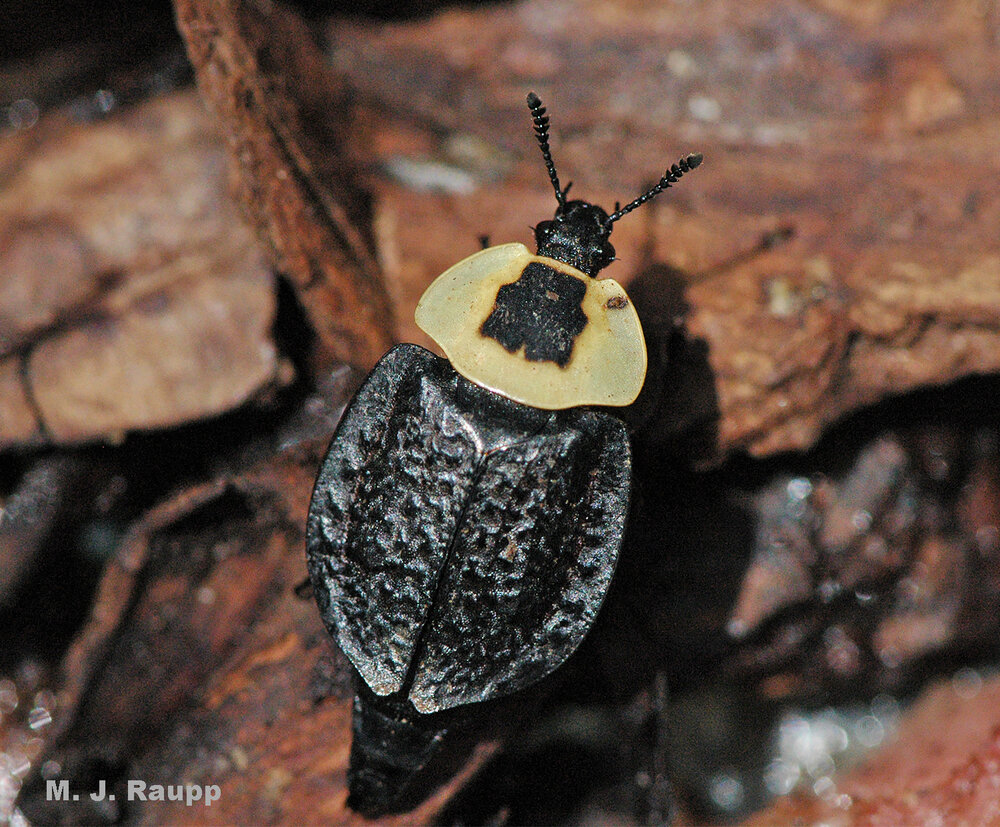 |
submitted by /u/JoshuaKinzel00 [link] [comments] |
source https://www.reddit.com/r/Entomology/comments/hj3ueb/can_i_get_some_support_from_this_community_of/
Edit: wings* I found a few lovely June beetles recently and I can’t decide whether or not I should pin them with their wings spread. What do you prefer?
like the ones they sell at pet stores to feed reptiles? would there be any negative environmental effects from releasing it once its a moth? im in southern ontario if that matters.
hi! im a total beginner and was on a walk tonight when i found a huge, solid black bug. my dad told me it was a horse fly. i have looked into it a little and want to do the hand sanitizer method of preservation. however, most places said to dry or preserve in alcohol before preserving in hand sanitizer. how do i do these?
Hey! I am at a loss, but I recently came across some specimens that I am trying to frame but I have no idea where to buy the frames from or how to diy it. They would get squished in a regular frame and a shadowbox seems to big so I was wondering if anyone on here knew where I could buy some or how to diy it? I had no idea where else to ask this question 🤣
I am a fly fisher and with that I find aquatic insects of the upmost importance. On a particular stream I was on I saw stoneflies fishing before and I had recently brought it up to my friends dismay. He had a strong opinion that this was not possible in the low quality of water this stream was known for. I am confident that I saw stoneflies hatching back then. We made a bet on if they were there or not and just went down to flip over some rocks. Try as I might I couldn’t find one maybe some microscopic stonefly/mayfly, but nothing definite. We are basically in prime heat here at the moment in Pennsylvania, and the water was running about 74 degrees, hot. So my question is if there is a stonefly population present will the nymphs be visible year round or only during colder months?
 |
I captured and have reared this garden tiger moth who has been gorging on romaine and dandelion, for about 3 weeks. It formed it's cocoon a few days ago. Incredibly, I can still see it inside. I thought the insect inside would at the least develop into a different shape, but it looks just like the fat caterpillar but upsidedown (its legs are still visible) Is it still transforming, or has it died? It's protected in an aquarium, can I cut open the silk part to look at the caterpillar inside without hurting it? [link] [comments] |
I thought that was for bees only.
Thank you for reading and hopefully answering. :)

A margined carrion beetle takes a break from eating flesh and maggots to glam for the camera.
Through no fault of their own, white-tailed deer are a major pest of ornamental plants in our suburban and rural landscapes. It is estimated that in the US, more than 20 million deer share the land with us. When I see a dozen or so bedding down in my backyard, I think most of these rascals live in Columbia, Maryland. Long gone are the wild predators, mountain lions and wolves, that once kept burgeoning deer populations in check. Encroachment of human development on natural habitats put deer in contact with humans and their gardens. The grazing pressure of deer in my neighborhood has defeated all attempts at growing unprotected vegetables. During the winter, my pansies were pillaged and my once glorious azaleas were reduced to skeletal pickets of denuded branches presenting a few sad blossoms this spring. Small saplings bear the scars and deformities dealt by young bucks removing velvet from their antlers. The growing tips of my hopeful sunflowers and blueberries are but a memory. With all the undesirable changes deer bring to the suburban landscape, what is the upside of this pariah?

A nocturnal jaunt near a carcass reveals a pretty American carrion beetle caught in the beam of a flashlight.
One answer to this question appears in the final resting place of recently expired deer, the deerly departed so to speak. Several years ago while walking a field not far from a roadway traversing Etchison, Maryland, I noticed the earthly remains of a white-tailed deer resting in the tall grass, no doubt the unfortunate participant in an encounter with a vehicle on the nearby road. Upon closer inspection, I discovered a well-developed ecosystem of necrophagous insects making the most of the decaying bounty provided by the deer in its final act. Among the most prominent and abundant of these flesh eaters was Oiceoptoma noveboracense, commonly known as the margined carrion beetle. Along with flies and other species of beetles, carrion beetles provide an important ecosystem service by recycling the protein found in the flesh of dead animals. Carrion beetles are not usually the first to arrive at the carcass of a dead thing. This honor belongs to blow flies which often discover a body within minutes of its demise. Once colonized by blow flies, a dead animal will soon be writhing with maggots of flesh-eating flies. Maggots are an important source of food for adult carrion beetles. As they graze on the fleshy bounty, adult beetles occasionally deposit eggs in the soil near the carcass. Eggs soon hatch into larvae, youthful champions at consuming shreds of protein-rich flesh and internal organs of the deceased. By the time I happened across the deer, hundreds of beetle larvae were enjoying sustenance and shelter from the helpful deer.
In a previous episode we met bess beetles, one of the champion insect recyclers of wood. But in the wild more than wood is available for repurposing. Dead animals play an important role in food webs as rich sources of nutrients for the necrophagous species, eaters of the dead. Watch how a bountiful supply of deceased white-tailed deer reenters food webs with the assistance of flesh-eating carrion beetles.
A more recent discovery of a disarticulated deer along a bike trail revealed the carrion beetle’s dogged ability to remove even the last shreds of meat from a bone. After feeding as larvae and molting several times, larvae move to the soil to pupate. A bit later in summer, fresh adults will emerge from the soil and await the arrival of more dead animals ready for recycling. Due to their affinity for certain types of habitats, their patterns of seasonal appearance, and their geographic distribution, Oiceoptoma beetles can be useful in helping crime scene investigators solve homicides. Uplifting encounters with deceased white-tailed deer provided some succor to the ill will engendered by these habitat destroying herbivores. To bring more crime solving, flesh recycling beetles into the world is surely a noble final deed for the oft maligned white-tailed deer.
Many thanks go to Kelly for allowing me to wander his fields and to Dr. Shrewsbury, who spotted the deer skull along the Western Maryland Rail Trail, for inspiring this episode. The delightful reference “The Carrion Beetles (Coleoptera: Silphidae) of Nebraska” by Brett Radcliffe was used as a resource.
There's several bugs of the same species in my house, and the past few nights (they only seem to be active for a few hours around dusk) they've been making a two part creaking noise. I've seen them, but I can't get a picture at all. They look an awful lot like antlions, about the size of a short dragonfly except with their wings folded flat over their backs, and with really heavy legs and antennae.
I'm relatively sure it's an antlion but I can't find any information on antlions making noise at night. I'm in Maine, and most of them are about an inch and half long. They're black with clear wings, I don't see any spots or patterns.
They also seem to have a weird defence mechanism where if you blow them or brush them away they jump up in the air and fall to the ground.
With beetles who don't have their wings out, can you pull them out to pin them or is that not possible without damage? If you can do it, how?
I tried asking this question in r/askscience, but after a day with no responses, it appears to have disappeared. I thought I'd take a shot asking here, because this seems like the sub that would have an answer.
Many people know about how invertebrates were larger during the carboniferous due to higher oxygen levels. At 35% atmospheric oxygen, we got creatures like Arthropleura and Meganeura. Were these the biggest that invertebrates could get during that time, or could there be larger ones that we just haven't found yet? Is there some equation that can calculate how large an invertebrate can get with a given value of atmospheric oxygen?
Also, as a side question (and probably straying from r/entomology's area of expertise, but it was part of my original question), how are/were vertebrates affected by different oxygen levels? Were they also larger during the Carboniferous?